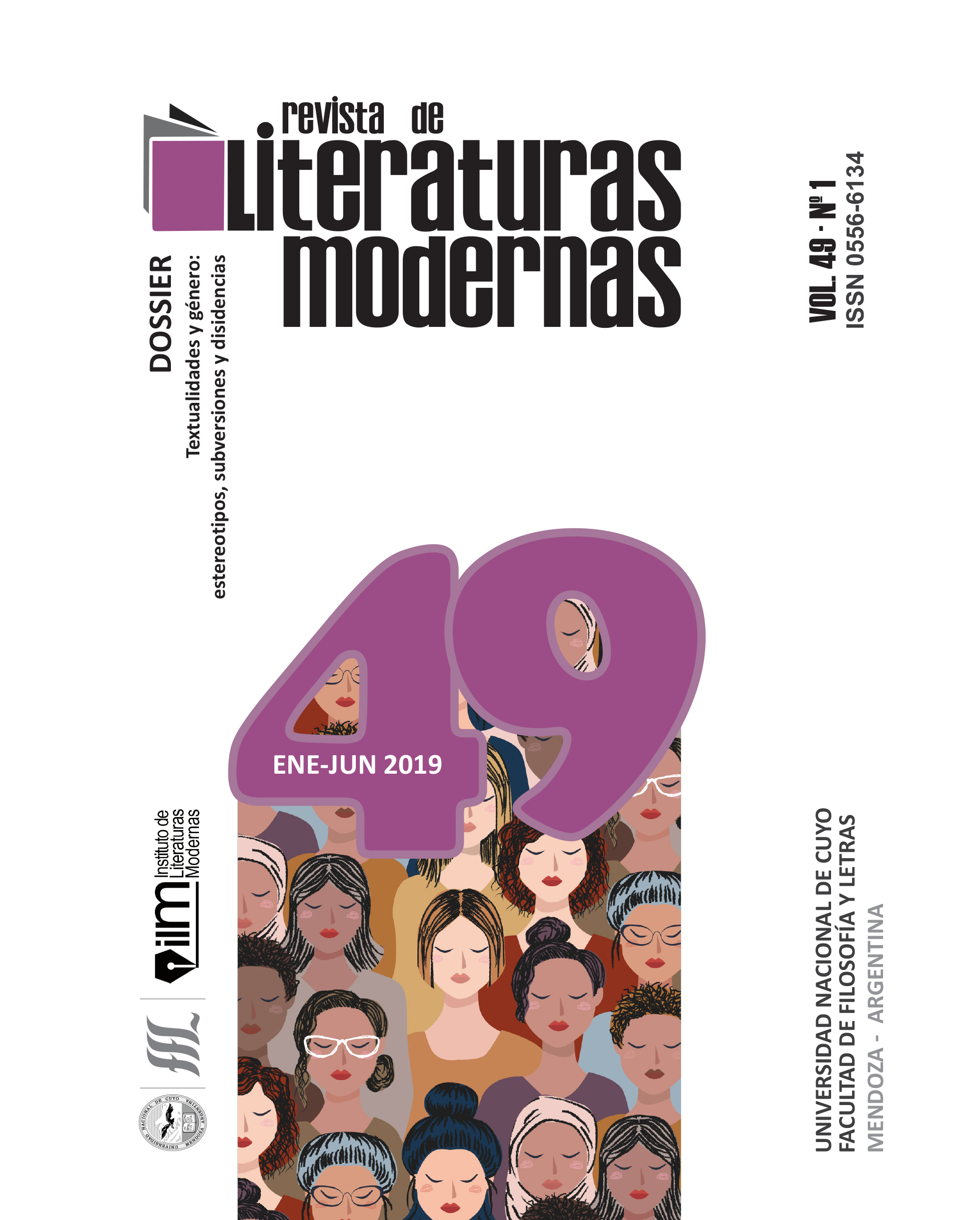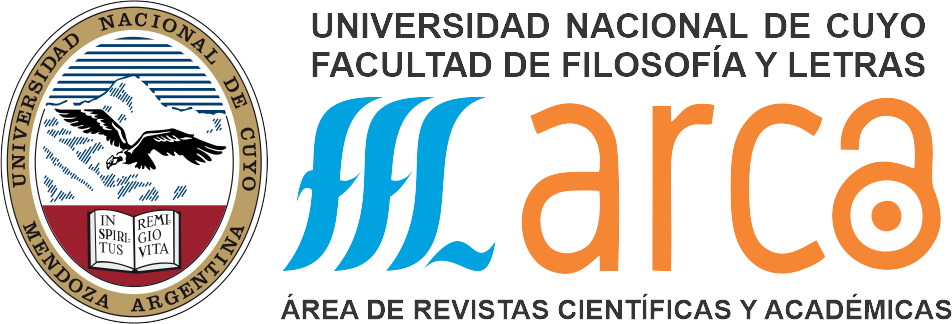Prostitution, censorship and poverty in Partap Sharma’s A Touch of Brightness
Keywords:
Indian Postcolonial Theater, Prostitution, Subaltern StudiesAbstract
The postcolonial theater of India has established itself as a theater of social and political denunciation. The themes dealt with in these works are multiple and varied, with a singular emphasis on gender issues. India is a country with a deeply patriarchal society, for which women suffer much violence and restrictions. Prostitution in India is a controversial issue given its implications. The majority of women who practice prostitution in India have not come to that by their own decision but are victims of trafficking networks or family members who sell them to brothels. This started during the English colony and still continues. That is why Indian theater and playwrights have taken this theme to be able to denounce the violence suffered by women from the most impoverished classes in India.
Downloads
References
Beam, Christopher. 2006. "Mumbai? What About Bombay? How the city got renamed". Slate Magazine, July 12th 2006. Disponible online: http://www.slate.com/articles/news_and_politics/explainer/2006/07/mumbai_what_about_bombay.html
Goyal, Pratik. 2011. "Prostitution In India: Understanding The Conditions Of Prostitutes". YKA (Youth Ki Awaaz), March 2011. Disponible online en: https://www.youthkiawaaz.com/2011/03/prostitution-in-india/
Gramsci, Antonio. 2000. Cuadernos de la cárcel. Tomo VI. México: Ediciones Casa Juan Pablo.
Gupta, Mahendranath. 1979. El Evangelio de Sri Ramakrishna. Tomo II. Buenos Aires: Ramakrishna Ashrama.
Gupta, Mahendranath. 1981. El Evangelio de Sri Ramakrishna. Tomo III. Buenos Aires: Ramakrishna Ashrama.
Gupta, Mahendranath. 1998. El Evangelio de Sri Ramakrishna. Tomo I. Buenos Aires: Ramakrishna Ashrama.
http://www.ammar.org.ar
Marx, Karl y Engels, Friedrich. 2011. Manifiesto Comunista. México: Centro de Estudios Socialistas.
Modonesi, Massimo. 2012. "Subalternidad". Disponible online en: http://conceptos.sociales.unam.mx/conceptos_final/497trabajo.pdf
Patel, Atish. 2013. "Horrors of India's brothels documented". BBC News, November 23, 2013. Disponible online en: https://www.bbc.com/news/world-asia-india-24530198
Sharma, Partap. 2006. A Touch of Brightness. En Sharma, Partap y Mistry, Cyrus (2006). A Touch of Brightness/Doongaji House. New Delhi: Sahitya Akademi.
Shende, Yogesh T. 2015. "Myth in Partap Sharma’s "A Touch of Brightness"". AURA: An International Bi-annual Multidisciplinary Online Research Journal, Vol 1, Issue 2, July 2015, pp. 63-69.
Walsh, Judith E. 2006. A Brief History of India. New York: Facts on File.
Zimmer, Heinrich R (1990) Myths and Symbols in Indian Art and Civilization. New Delhi: Motilal Banarsidass Publishers
Thappa, Devinder M.; Singh, Nidhi; Kaimal, Sowmya. 2007. "Prostitution in India and its role in the spread of HIV infection". Indian Journal of Sexually Transmitted Diseases and AIDS, January 2007, pp. 69-75)








